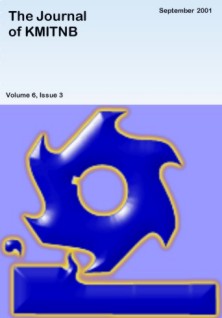ThaiScience
ThaiScience
THE JOURNAL OF KMUTNB
Volume 32, No. 02, Month APRIL, Year 2022, Pages 386 - 397
Risk assessment of thermal decomposition of calcium hypochlorite by differential scanning calorimetry
Suranee Anothairungrat, Kowit Piyamongkala
Abstract Download PDF
Calcium hypochlorite is a strong oxidizer that can cause fire and explosion when heated. This study examined thermal decomposition of commercial grade containing 65% calcium hypochlorite by using differential scanning calorimetry technique at heating rates 4, 6 and 8 K/min. It was found that the onset temperature and the boiling temperature of the calcium hypochlorite were almost the same. The maximum exothermic enthalpy decomposition value was 355.4 J/g and the activation energy was 88.7 kJ/mol. The thermal hazard was evaluated by using the adiabatic decomposition temperature and the time to maximum rate appeared to be 220.0 K and 27.2 second, respectively. It was found that the instability rate of the calcium hypochlorite was stable at the medium level. The violent chemical reaction can occur when the calcium hypochlorite contact with organic substances.
Keywords
Calcium Hypochlorite; Differential Scanning Calorimetry; Thermal HazardousTHE JOURNAL OF KMUTNB
Published by : King Mongkut's University of Technology North Bangkok
Contributions welcome at : http://www.journal.kmutnb.ac.th
